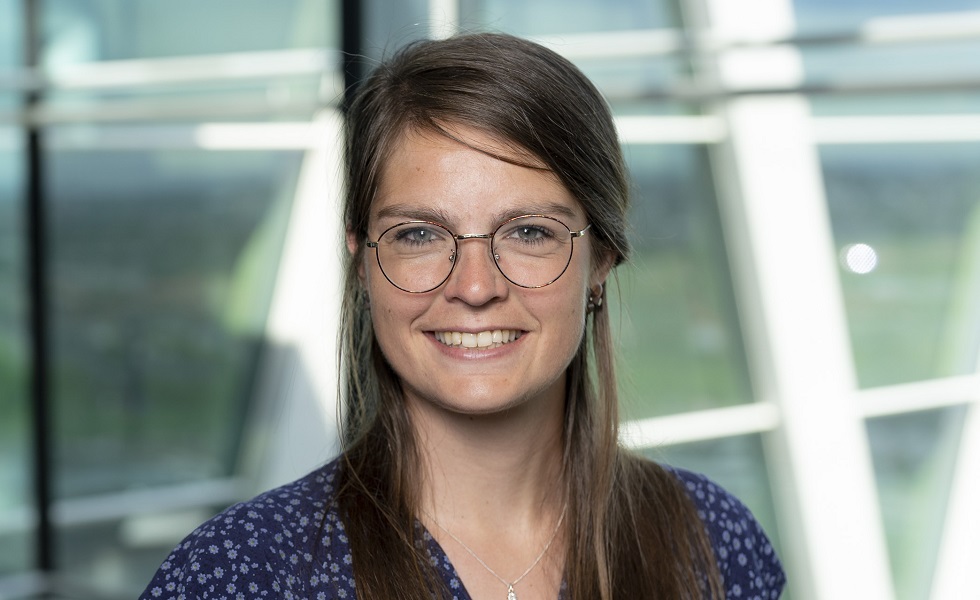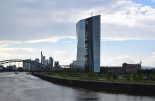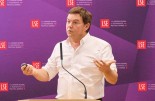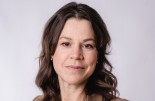Annebeth Roor-Wubs: The voice of those without a vote
Annebeth Roor-Wubs: The voice of those without a vote

This column was originally written in Dutch. This is an English translation.
By Annebeth Roor-Wubs, Sustainable Finance Senior Consultant at EY and part-time PhD student at Rotterdam School of Management
Last week I gave guest lectures at secondary schools as part of the election campaign. One student had already thought about his vote: 'If I become rich later, I will vote VVD; if I'm poor later, I'm going to vote SP.'
In response, I said that you don't just vote for yourself, but also for those who are not allowed to vote: teenagers, children, refugees and migrant workers. That you can vote for the country you want to live in, for yourself and for those who cannot vote.
Those without a voice in CSRD implementation
The voice of those without a vote is also reflected in the implementation of the CSRD - the Corporate Sustainability Reporting Directive, the European law on sustainability reporting - most explicitly in the double materiality process. In this process, a company determines which sustainability themes it has a material impact on and which themes pose financial risks and opportunities for the company.
I wrote a blog about this before. Some of these themes concern employees in the value chain (CSRD standard S2) and affected communities (CSRD standard S3). Companies have an impact on affected communities through their business activities or activities in the value chain, for example polluted water through waste discharge or noise pollution.
More specifically, the CSRD prescribes rights of indigenous communities as one of the themes, which includes the sub-themes 'free, prior and informed consent', 'self-determination' and 'cultural rights'. It is sometimes difficult for companies to see how they are making an impact on this theme in their value chain, and that is understandable.
So a brief introduction: according to the World Bank, there are 476 million people worldwide who are part of indigenous communities, or 1/17th of the world's population. Globally, these communities manage a quarter of the world's total land area, while 80% of global biodiversity is managed by indigenous communities. Only a fraction of this land area is in formal ownership, while these peoples lived in these areas even before the creation of land ownership and land borders.
The rights of indigenous communities are (increasingly) laid down in international treaties. These state, for example, that they may not be removed from their land without free, prior and informed consent (UN Declaration on the Rights of Indigenous Peoples article 10). More generally, companies' responsibilities for social impact have long been laid down in the OECD Guidelines (renewed in 2023) and the UN Guiding Principles for Human and Business Rights (UNGP).
Community consent and link to biodiversity
That brings us to the first sub-theme: free, prior and informed consent. Consider, for example, farmer Maxima Acuna Atalaya, who litigated for years in Mexico against large gold mining companies that intimidated her into selling her land. After five years of litigation, the lawsuit was settled and she was allowed to keep her land. Unfortunately, people worldwide are being removed from their land, often resulting in violence or death. In several countries this is related to deforestation of areas.
A European regulation has now come into effect on deforestation, which means that from January 2025, products that can be linked to deforestation will no longer be sold. Companies must guarantee that relevant products are deforestation-free, but also that relevant laws on, for example, the rights of indigenous communities have been complied with.
The focus on indigenous communities (and more broadly affected communities) will continue to grow in the coming years, through the Deforestation Regulation, but also with the upcoming Corporate Sustainability Due Diligence Directive (CSDDD). The European Commission and Parliament hope to reach political agreement on the CSDDD next month.
As the attention for biodiversity increases, so does the attention for those involved. Legally speaking, it is not (yet) possible to grant legal rights to non-human entities such as forests and rivers. That is why indigenous communities are the right holders in areas with biodiversity loss and damage to nature. Lawsuits against companies are initiated based on their rights.
Listening from materiality and defense
How do we listen to indigenous communities and the threats they face from international supply chains? As part of the CSRD, we listen from materiality. This theme can quickly be dismissed as not material, especially when the rights of people far away outweigh the direct influence on one's own employees.
In view of increasing legal cases regarding environmental damage, consideration is mainly given to a defensive attitude. For example, about the question of how we mitigate litigation risk? How do we avoid being held responsible? How do we argue that our influence is limited, or that we were not aware of negative impacts? The fear of lawsuits among companies is increasing, also given the rulings against Shell and other companies.
The question is whether we will understand this theme better if we listen from a material perspective, or if we are more concerned with our defense than listening to the other person. If we start from defense, there is little chance that we will be open to the other person's perspective. The other person's perspective is in fact exactly where the relevant legislation (CSRD and CSDDD) and the guidelines they follow (OECD Guidelines and UN GP) call for starting. So listening to the impact on communities is the starting point.
Listening to the impact on communities
The first step is precisely to identify possible impacts on communities. The CSRD standards for value chain workers (S2) and affected communities (S3) include this step first, as part of the general obligations to identify impacts, risks and opportunities.
Identifying our impact on communities across our value chains means putting ourselves in their shoes and seeing how they can be affected. Which communities do you see appearing in the value chains? How are their rights potentially affected by the operations of our suppliers? What are relevant social and political developments in the countries in which they live?
It can help to speak to organizations that represent (indigenous) communities. These organizations, for example Human Rights Watch, know what is going on in communities and, with permission, act on their behalf towards the business community and other parties.
International activities can also involve more direct contact with communities to identify impacts. By listening, you hear and understand more. This is the core of conducting good human rights due diligence. The results inform your materiality process and the discussion about the risk of lawsuits. And also the position you have as a company in that value chain, because that is what the action perspective for companies is all about.









